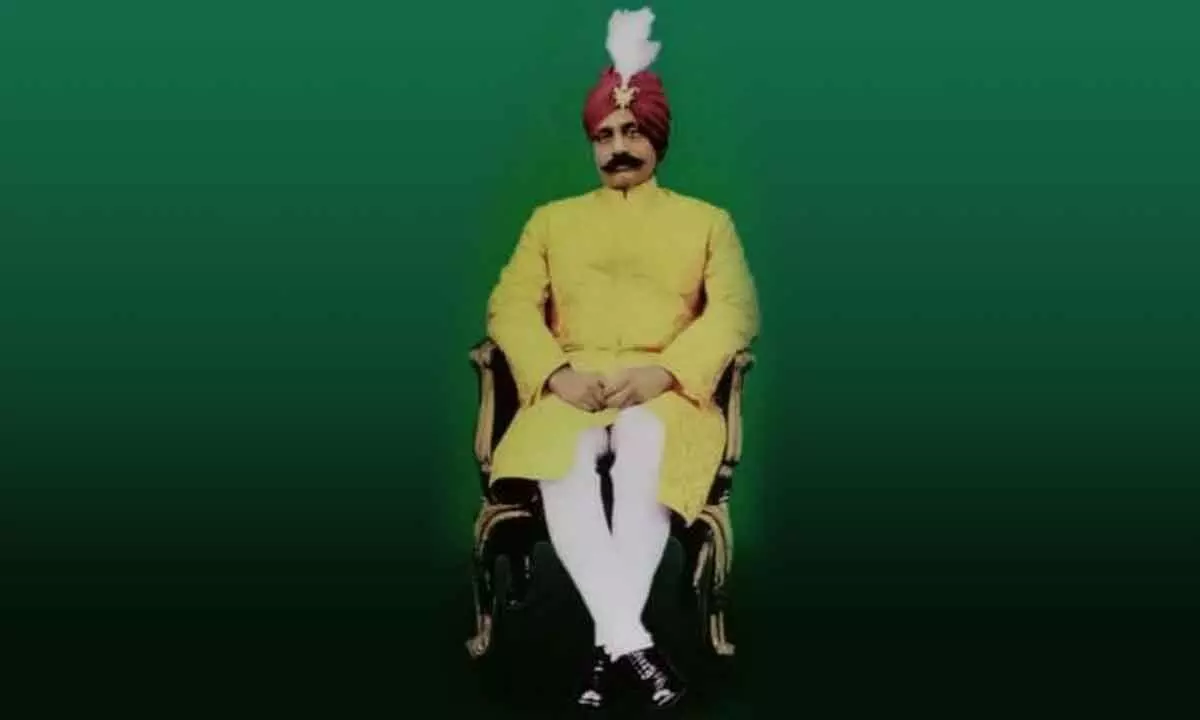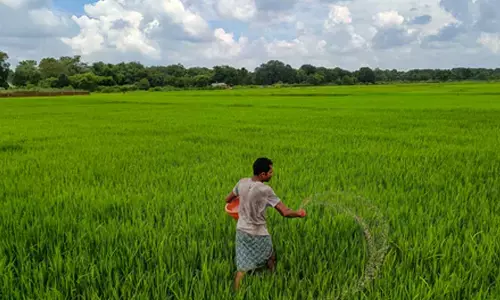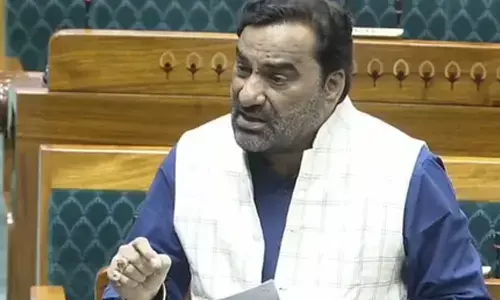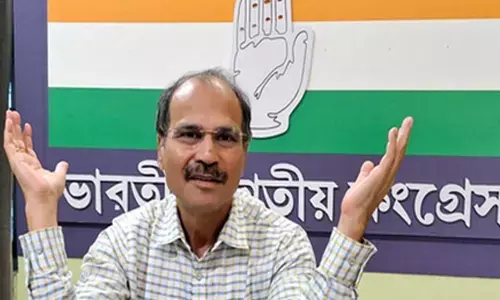Krushna Chandra Gajapati, a forgotten hero

Maharaja Krushna Chandra Gajapati Narayan Deb
Maharaja Krushna Chandra Gajapati Narayan Deb, the scion of the Great Eastern Ganga Dynasty, who served people of Odisha as a Prime Minister for twice and perhaps is the only person known to Indian history who donated all his earnings for the welfare of the public but is regarded as a forgotten hero.
Berhampur: Maharaja Krushna Chandra Gajapati Narayan Deb, the scion of the Great Eastern Ganga Dynasty, who served people of Odisha as a Prime Minister for twice and perhaps is the only person known to Indian history who donated all his earnings for the welfare of the public but is regarded as a forgotten hero.
The maharaja was born on April 26, 1892 in Paralakhemundi of the then Madras Presidency, presently in Gajapati district of Odisha, said Bishnu Mohan Adhikari, a researcher and native of Paralakhemundi.
During his political career our very own Utkal University was established in the valuable company of his minister Pandit Godavari Mishra. In addition to that the SCB Medical College, the Odisha High Court started functioning as a pilot project in his tenure. He established Asia's biggest rice research institution in Cuttack.
The benevolent Maharaja donated huge amounts to Satyabadi Bana Bidyalaya of Gopabandhu Das and Utkal Sahitya Samaj, Cuttack, which was controlled by the great Madhusudan Das, said Adhikari.
He donated a huge amount to the Patna Medical College (Bihar). In the field of education and activities for the welfare of people, he appears as an outstanding figure among men of his class.
A number of free board and lodging, innumerable scholarships, freeships and stipends were provided to enable poor students to go to these institutions inside and outside India for higher education. Some eminent personalities, like the late Biju Patnaik, got an opportunity to enrol in automobile and aeronautical engineering in London by getting such fund from the maharaja, as he was a member of the Royal Asiatic Society, London, Adhikari said. He donated huge amounts to Tirupati Veda Pathashala in AP and Andhra Historical Research Journal Association. He constructed a town hall in Srikakulam. Coming to ancient temple protection, he used to spend one-fifth of his money to maintain devasthanams of his estate. Specifically, he renovated temples like Srimukhalingam, Lihuri Gopinatha, Radha Gobinda Temple, melliaputi and many more.
He gave financial support to many eminent persons like Madhusudan Das, Gopala Chandra Praharaj, Pandit Gopinath Nanda Sharma, Chintamani Mohanty. He also supported Kavichandra Kalicharan Patnaik and Odissi music exponent Apanna Panigrahi to enrich classical music of Odisha.
During his tenure, the maharaja established 36 major and 479 minor irrigation project in Ganjam. He built lakes like Krushna Sagar and Naleeni Krushna Sagar which are still providing water to fields, Adhikari said.
The creation of separate Odisha was a result of tireless and systemic efforts of Utkal Sammmilani leaders and not to forget specifically Gajapati. He fought tooth and nail for unification of Odia-speaking tracts into a separate State. He started this moment from Utkal Sammilani's 10th session, which was held in Paralakhemundi, hosted by Jeypore king Vikram Dev Varma.
For separate Odisha formation he visited London thrice, to attend the round table conference. He used to spend many sleepless nights and he was found busy writing under a tree in a bungalow in London, he said. The maharaja breathed his last on May 25, 1974.

















